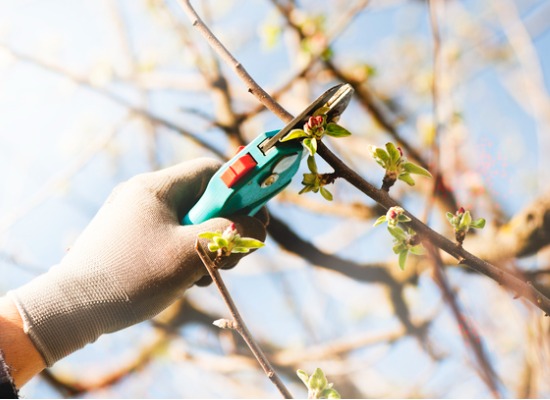TREE EDUCATION

You can plant hundreds of different varieties of trees in Florida. And despite the great variety of tree types, there are only a handful of guiding principles to remember when caring for them, particularly during the winter. Florida winter trees may not experience the frigid conditions of cold-weather months in other parts of the country. Still, taking a few extra steps to maintain optimal tree health this season will help ensure your trees stay healthy in preparation for the coming seasons. Follow these helpful tips from master arborists with SkyFrog Tree Service for caring for your trees during the winter.
We offer all of the insured tree services required to help keep your trees strong and healthy. Contact us today to request a free estimate and to schedule tree care.
Florida residents typically don't have to deal with severe winter weather. Yet, our winter seasons can come with their fair share of difficult factors. It only takes one night of bad weather to do significant damage to some trees. Therefore, ensuring your trees are healthy throughout the winter is a critical step in maintaining the health and beauty of your landscape year-round. Whether you've just planted your first tree or you're trying to find the best care for already established trees on your property, a board-certified master arborist with our tree care company can help! We specialize in all aspects of tree care, including established tree care and tree restoration and preservation. Contact us today to schedule tree care services!
The winter months are the best time to prune trees when it comes to winter tree care. Tree pruning selectively removes branches to provide clearance to trees, reduce the risk of branch and limb breakage, and reduce the overall tree's size, if necessary. During pruning, our arborists keep your tree healthy by removing all dead, diseased, or injured branches; keep it strong by removing or reducing the length of stems competing with the main stem; and keep it uniform by removing problematic branches. Pruning your trees during the winter can likewise stop tree diseases from spreading to other, healthy parts of the tree and improve the safety of your tree over the winter months, as damaged, dead, or dying portions are removed and no longer pose a threat to the surrounding property.
Mulch moderates soil temperatures and keeps tree roots warm, even on the coldest days of the year. It also helps the soil retain adequate moisture, which reduces the watering needs of trees, inhibits weed growth, helps soil erosion, and improves soil quality and your tree's health. You should maintain a 2-inch or 3-inch layer of mulch using coarse materials, such as pine nuggets, to a depth of 4 inches. Avoid piling mulch up against the tree's base, as this can encourage the tree trunk to rot inside. Piling mulch against the base of your tree also encourages roots to grow close to the trunk, which can cause the tree to die, should the roots extend around the trunk. The mulch area should extend around the tree (at a minimum of 8 feet in diameter). Over time, mulch may become matted and prevent water and air from properly seeping through and penetrating the soil below. Every couple of years, remove mulch and soil located against the trunk and any roots growing within the soil. Be sure to remove old mulch before adding fresh mulch in the winter.
Floridians often decide against planting deciduous trees on their landscape because they think these trees shed their leaves each fall, which require raking. But deciduous trees are excellent for reducing energy costs in the summer, and after leaves fall, they allow sunshine to provide natural heat to surrounding structures. Instead, make the most of the falling leaves in your landscape by raking them up and using them as mulch or adding them to your compost pile. Or you might decide to allow the leaves to remain under your trees to form a self-mulching area. In addition, leaves from your trees provide the soil with nutrients and organic matter as they decompose.
Trees require plenty of water, even in the colder months of winter. Be sure to provide the trees on your property with adequate hydration. This is especially important for new trees, as they require a significant amount of water during their growing stages and until they form solid, mature roots underground. Winter months in Florida don't see much rain, either, so trees of all ages and maturity levels require supplemental watering to get them through the season. In the winter, most of the above-ground plant is dormant. However, the tree's roots can continue to grow and make progress if adequate moisture is present and maintained. Water your trees either by using a soaker hose placed at the tree's base or by using a hose without a nozzle on a slow trickle and allow for a thorough soak before turning the water off. A soaker hose can be used for mature trees and spread out to as far as the tree's branches reach. If the soil around your tree pools or creates soppy puddles, reduce the amount of watering time.